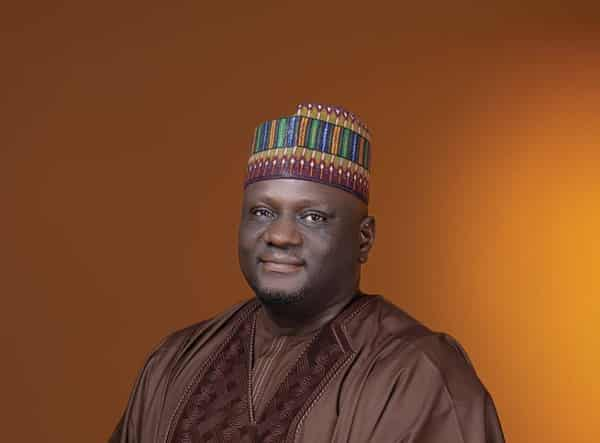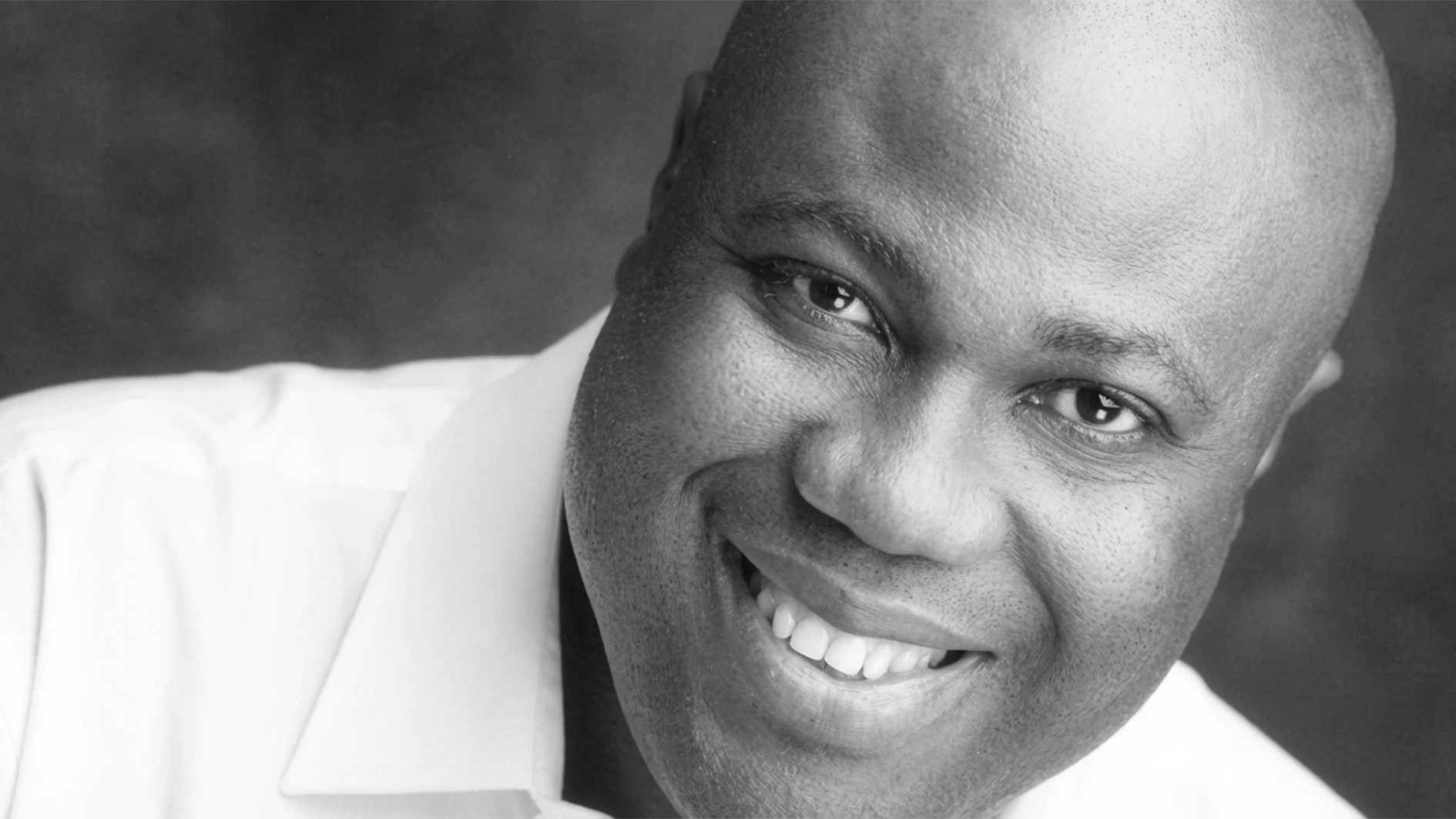As the rains retreat and the skies begin to clear, a new conversation is taking root across Nigeria. It is one that connects the changing seasons to the urgent need for a greener and more resilient future. Dr Atumye Amos Alao, President of the Society of Landscape Architects of Nigeria, speaks on the country’s growing environmental awareness, the relevance of Landscape Architecture, and why the dry months ahead may be Nigeria’s most important planning season.
The world is embracing green growth and sustainable development. How is Nigeria positioned in this movement?
The global transition towards sustainability is moving faster than many imagined, and Nigeria must not be left behind. From flooding and erosion to food insecurity and rising urban heat, the signs are everywhere. Every challenge we face has a landscape dimension. What the Society of Landscape Architects of Nigeria is doing is helping the nation understand that Landscape Architecture is not about beautification. It is about designing systems that protect life, restore ecosystems, manage water, cool our cities, and make development work with nature rather than against it.
You often emphasise the importance of planning in the dry season. Why is that crucial?
Because the dry season is the landscape architect’s window of foresight. When the rains stop, the land tells the truth. We can see where the floods carved their paths, where the soil gave way, and where vegetation endured. That is when real planning should begin. Nature-based solutions such as reforesting slopes, creating urban green corridors, or restoring wetlands take time to mature. They must be designed, planted, and nurtured before the next rains arrive. Waiting for the wet season to act is like trying to build an umbrella in a storm. Preparedness is what saves communities.
How are Nigerian Landscape Architects responding to these challenges?
We are witnessing a new generation of professionals who are data-driven, creative, and deeply grounded in the Nigerian environment. They understand that green design is not a borrowed idea but part of our heritage. Our ancestors built with the seasons, used vegetation for protection, and respected the land. Today, Landscape Architects are translating those indigenous principles into modern planning and climate adaptation strategies.
Recently, Nigeria received recognition within the global landscape community. Could you share more about that?
Yes, it was a proud moment. After the International Federation of Landscape Architects Africa Regional Conference hosted by the Institute for Landscape Architecture in South Africa in Pretoria, Nigeria, through the Society of Landscape Architects of Nigeria was handed the honour of hosting the next continental gathering in 2027. That decision affirmed our growing leadership and credibility in the global sustainability space. In 2027, Nigeria will welcome Africa and the world to share ideas, innovations, and lessons in designing resilient environments. It is both an honour and a call to rise higher.
There was also news about a new continental partnership involving IFLA Africa. What is that about?
The International Federation of Landscape Architects Africa (IFLA) and the Council of Landscape Architectural Registration Boards (CLARB) in the United States have signed a Memorandum of Understanding. This partnership will help strengthen professional regulation and build capacity across Africa. It will support the creation of ethical frameworks, clear standards, and registration systems that empower African Landscape Architects to practise globally while maintaining local authenticity. This development places Africa in the mainstream of professional excellence.
What role should organisations and institutions play in this green transformation?
They have a major role. The transition to a green economy is not the responsibility of government alone. It requires collaboration between the public and private sectors. Every institution that adopts sustainable design, every company that restores degraded land or supports environmental research, becomes part of a movement that safeguards our collective future. Supporting the Society of Landscape Architects of Nigeria or any credible green initiative is not about sponsorship; it is about aligning with a global direction of growth that values nature as infrastructure and resilience as investment.
In your view, what defines this moment for Nigeria?
It is the moment when we must listen to the land. The rains are ending, but they will come again. What we do between those seasons determines whether we are ready or not. If we act now to restore, replant, and rethink our cities, the next rainy season will not destroy but renew. The landscape is speaking, and it is asking us to prepare.
Final thoughts?
This is Nigeria’s green awakening. The future belongs to nations that work with their environment rather than against it. Our landscapes carry memory, wisdom, and solutions. If we nurture them, they will heal us. The future is green, and it has come to stay.






